The phrase "Nenmatsu nenshi" in Japanese, is a generic term for the period from the end of the year until the beginning of the following year. Although the definition of Year-End and New Year is slightly different depending on the region, year-end refers to the period leading up to the 31st December (Omisoka), while the beginning of the New Year refers to the period that begins from the 1st of January. Year-end and New Year are somewhat different in terms of the food Japanese people eat and the things they do. In this article, let us introduce Japan's interesting and unique New Year celebrations from the perspective of a foreigner.
目次
- 1. Long queues at the lottery department at year-end!
- 2. Greeting before the 31st of December and after the1st of January is different!
- 3. Must-Eat Foods During Year-End and New year!
- 4. Let us welcome God with New Year's decorations!
- 5. New Year's cards will for sure arrive on the 1st of January!
- 6. Hatsumode with company colleagues!
1. Long queues at the lottery department at year-end!

When you walk around the streets of Japan, have you noticed that there are a lot of lottery depots around? It is quite normal for the Japanese to buy lottery tickets, however, the year-end jumbo lottery which is sold from November to December is extremely popular. There is a six-digit figure on the sheet of the year-end jumbo lottery, and the winning numbers are drawn on the 31st of December. The first prize is 700 million yen, and there is a 1-billion-yen prize including the first few major prizes. It is said that some lottery sales counters have higher prize-winning rates including Ginza in Tokyo, Yurakucho, and the fourth building special lottery counter in the south of Osaka station. These sales counters always have long queues during this period. It seems as though waiting for the result announcement on New Year’s Eve has already become one of the year's traditions for Japanese people.
2. Greeting before the 31st of December and after the1st of January is different!
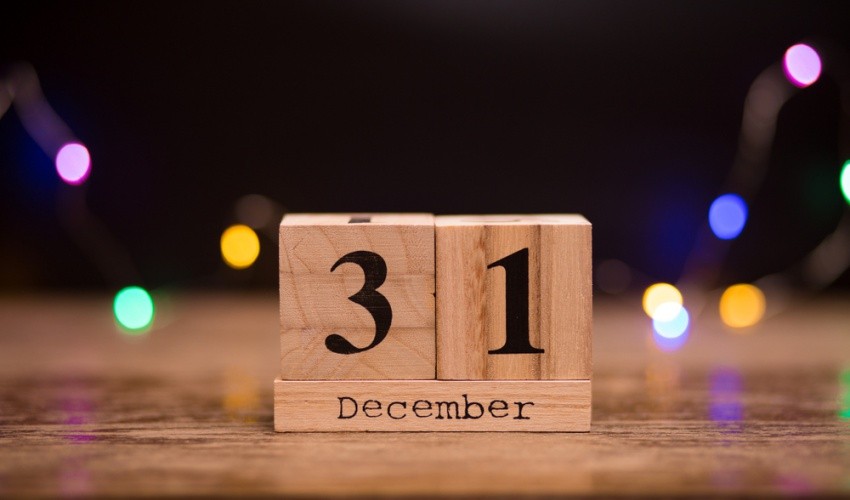
When you meet one of your friends just before the year ends, and you are quite sure that you will not see them until the New Year comes, you can say "Yoi-otoshi wo!" before you leave. "Yoi-otoshi wo!" is the abbreviation for "Please have a good year ahead." It is used to wish others a healthy and happy year (starting from New Year's Day). On the other hand, when it enters the 1st of January, you have to say "Akemashite-omedeto-gozaimasu! (Happy New Year!)". This word is used to celebrate that the new year has started peacefully. Even though there is a difference between the phrases, the feelings are both the same!
3. Must-Eat Foods During Year-End and New year!
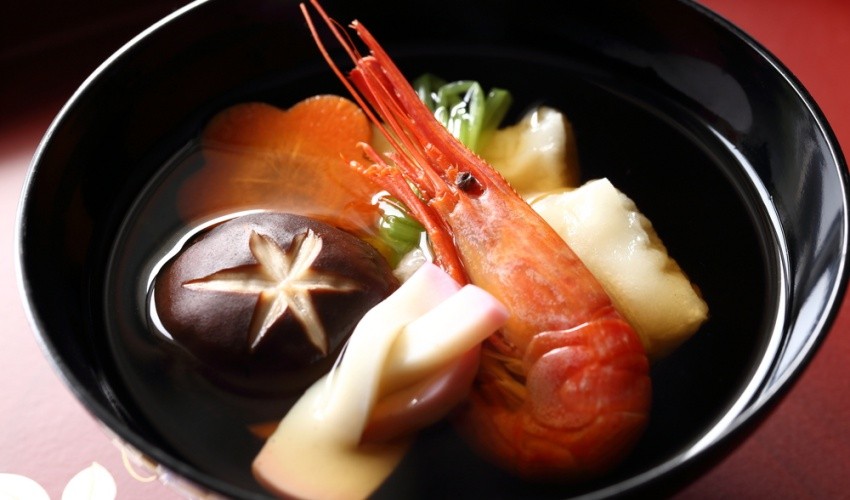
On New Year's Eve (Omisoka), the 31st of December, Japanese people will eat soba. Soba for New Year's Eve is called Toshikoshi soba. Since soba can be cut easily, it has the meaning that we could cut off the bad luck in the past year. Also, since soba is thin and long, it also has the meaning of longevity; it is said to be a very auspicious food.
The cuisine that Japanese people eat at beginning of the year is called Osechi. Each ingredient looks luxurious at it is packed nicely in a box, and also each ingredient has an auspicious meaning. It takes a lot of time to make Osechi. Another dish that is indispensable during New Year's Day is Zouni. The method to make Zouni is slightly different depending on the cultures in various regions across Japan. For example, Zouni in Kanto is square-shaped, while rice cakes in the Kansai area are a round shape. In addition, “Zenzai” served with baked mochi (rice cake) also creates the perfect New Year atmosphere. Since there is a lot of food eaten during the New Year, Japanese people eat “Nanakusagayu” in order to relieve stomach irritation. It is a porridge which contains 7 types of vegetables and it is typically eaten on the 7th of January.
4. Let us welcome God with New Year's decorations!
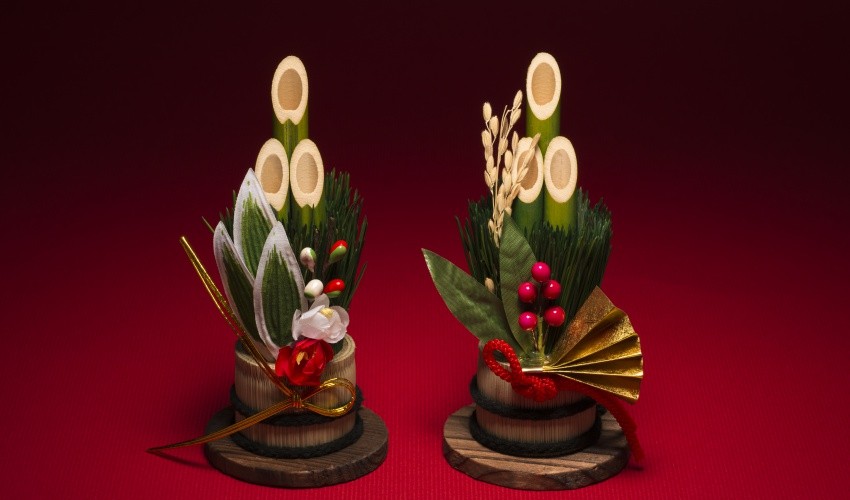
Just like Christmas trees during Christmas, there is an indispensable decoration during New Year's Day. Even though the decoration differs depending on the region, basically the things to be prepared are Kadomatsu, Shimenawa, and Kagami mochi. Kadomatsu is an ornament that is made from pine and bamboo. An appropriately sized and designed Kadomatsu will be chosen to decorate the front of the door of the house. Shimenawa is one of the Japanese's sacred items, which symbolizes the God area and exhales the troubles and evil. Many things such as oranges, flowers, and folding fans are decorated together with Shimenawa at the house. On the other hand, Kagami mochi is a kind of offering to God, named after the round shape which looks like the Yatanokagami, one of the three major Japanese sacred treasures.
All 3 Kadomatsu, Shimenawa, and Kagami mochi must be decorated at the latest by 28th December as it is bad luck for those who decorate these from the 29th of December to the 31st of December. Be sure to remove the decoration after the period of Matsunouchi. The Matsunouchi period is from the 1st of January to the 7th of January in the Kanto region, and from the 1st of January to the 11th of January in the Kansai region. There are a few minority areas where the Matsunouchi period ends on 15th January. The Kagami Mochi is then made for Zouni and red bean soup on the 11th of January which known as “Kagami Biraki no Hi”.
5. New Year's cards will for sure arrive on the 1st of January!
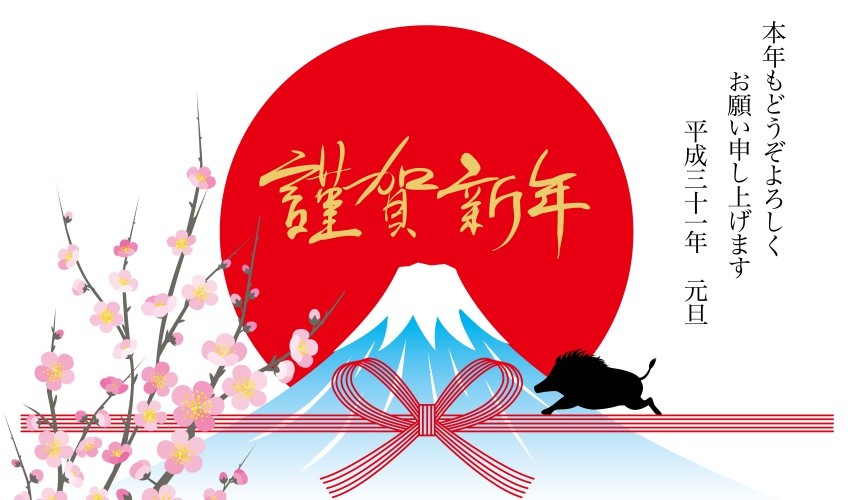
In Japan, people have the habit of sending New Year's cards during New Year's Day. You can purchase a variety of New Year cards at the shop or select a nice photo and DIY your own New Year's cards. If cards are sent within the deadline, the card will definitely arrive at the destination on the 1st of January. The most interesting thing is that you can send the card with otoshidama (Japanese money gift) as well! Don’t you think that it is so unusual to receive a handwritten New Year's card in such a modern era where SNS and mail are so developed? (*Only the New Year cards with a local destination will be arranged to arrive on 1st January.)
6. Hatsumode with company colleagues!
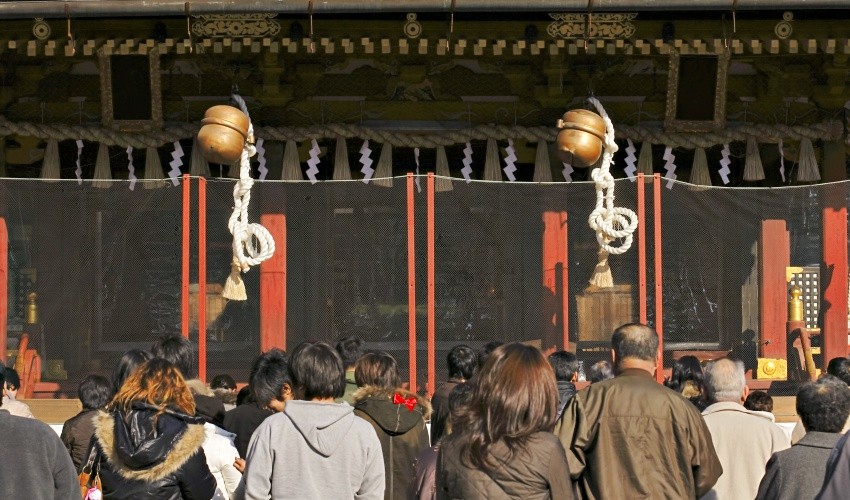
It is part of the Japanese culture to go for Hatsumode (first visit to the temple in the New Year). However, it is also unique that the Japanese will visit temples and shrines together with company colleagues which are located nearby their workplaces. Don’t you feel it is a special experience to see the presidents and employees wearing coats and praying together for their business prosperity and work luck?
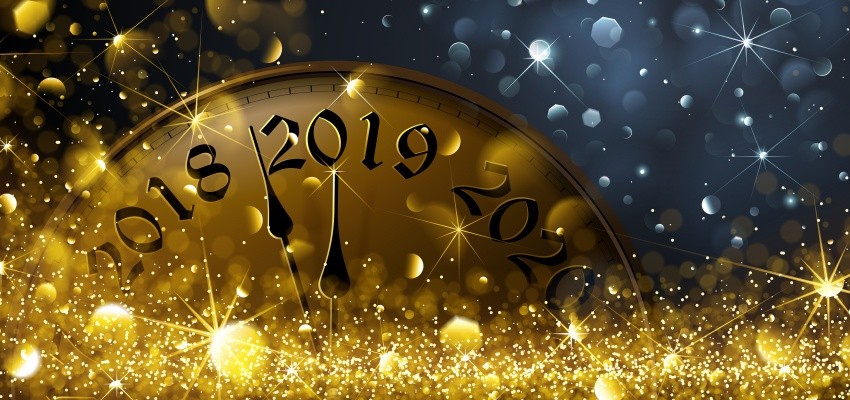
Comments